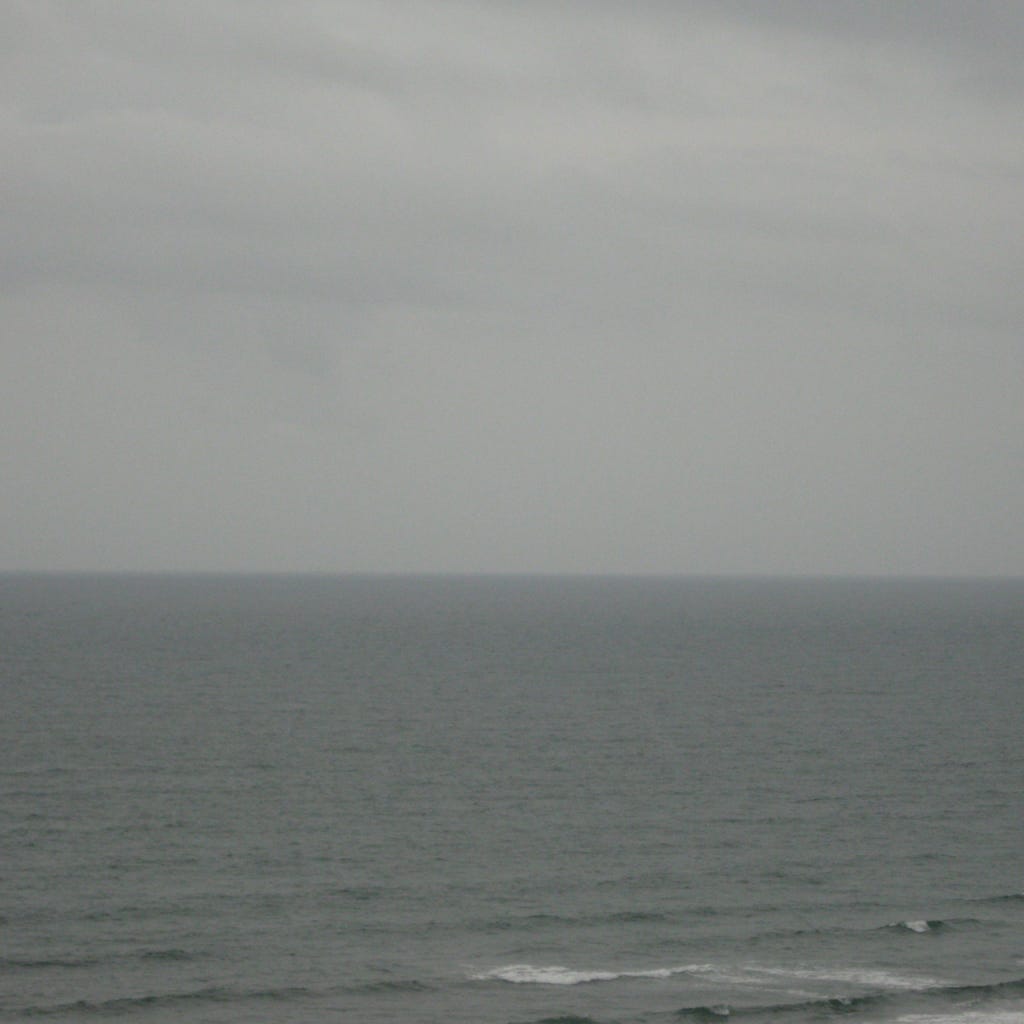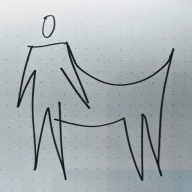Weeknotes 243; metahumans in a mundane future
Weeknotes 243; metahumans in a mundane future. Looking back at TNW2023, some Vision and more AI. Event calendar and a paper on inferring emotions.

Hi all,
A week into an early summer streak. Weather is not climate, but maybe it is useful to test the southern European climate already here. Not funny…
For attending conferences like The Next Web, the weather is a blessing. Going around catching up with people works well outside. However, I also met enough people in the lively space with startups. This edition found better than last year's new balance of being a Fintech corporate and startup conference. TNW became big with its boldness in a kind of larger-than-life tech event, especially for the Netherlands. Much more internationally oriented. I think it used to have a larger local tech community, and I got the impression that the mix is now more international mixed with business than hip tech. It matured in that sense. A connection with Fintech also makes sense as this is the most important startup investment category nowadays. The report on the startup market shows that there are 35% fewer investments now.
As always, the talks and panels were quite general and high over. A good indicator is the number of tweets I can produce… I started with a panel session on legal matter for generative AI. The panellist from IBM connected ethical frameworks as the foundation for any legal frame.
Tom Furness is an OG in VR research, 57 years active already. He did not see the core use cases change; I wonder if that is a possible chicken-egg dilemma. His example of Enliven, see-through someone else’s eyes as a means to create more empathy, is something to think about. Reverse catfishing…
The presentation of Nick Foster of Google X was a solid one. In the domain of futurists (a term he did not like), there are the ones that create dreams and big-bang scenarios, and there are the ones that understand that the future is a process that is evolving. I like the work of Near Future Laboratory a lot in this context (check this old work). Nick frames it as the Future Mundane, with three pillars: (1) filled with background talents, not focusing on the hero in a story, but the side stories,(2) the future mundane is accretive, there is no big bang, the future appears in different speeds. And (3), the future is a bit broken. Think about things that are not perfect, and have their flaws. That makes it more realistic.
In another session, Matthew Cockerill laid out a design in future contexts, starting with a shift in point of view and formulating a provocation. I had to think about the VIP design methodology.
The last tweet refers to a talk by Nagin Cox, a ground control operator of space robots like Mars rovers. Being aware that these robots are so disconnected from our world and will be around for such a long time, she stressed that the robots are above all also representations of humans, humankind. They will likely outlive the human species…
Events for the coming week
- Mozfest House is here today and tomorrow
- Check Sensemakers on LLMs this Wednesday in Amsterdam
- Dataweek in Den Bosch with different themes per day
- Into recommender systems? A meetup in Amsterdam on Thursday
- On Thursday a discussion on ai and cities in The Hague
- Also on Thursday, discuss the future Dutch research calendar for AI
- Next Tuesday in London, another session Design for Planet
- Also next week: Public Spaces yearly conference
- Online exhibition on design in the Age of AI by Space10
Notions from the news
After a week full of immersive news and new visions, AI is back at the centre of attention. Some new AI-enhanced tools are Framer (prompt a site design), The Guardian, Shopping clothes with Google and AI fitting room.
ChatGPT could be seen as creative writers. It is creative, not per se good writing. Apparently Etsy is dealing with a new form of Generative Junk…

GPT-4 can use tools now.
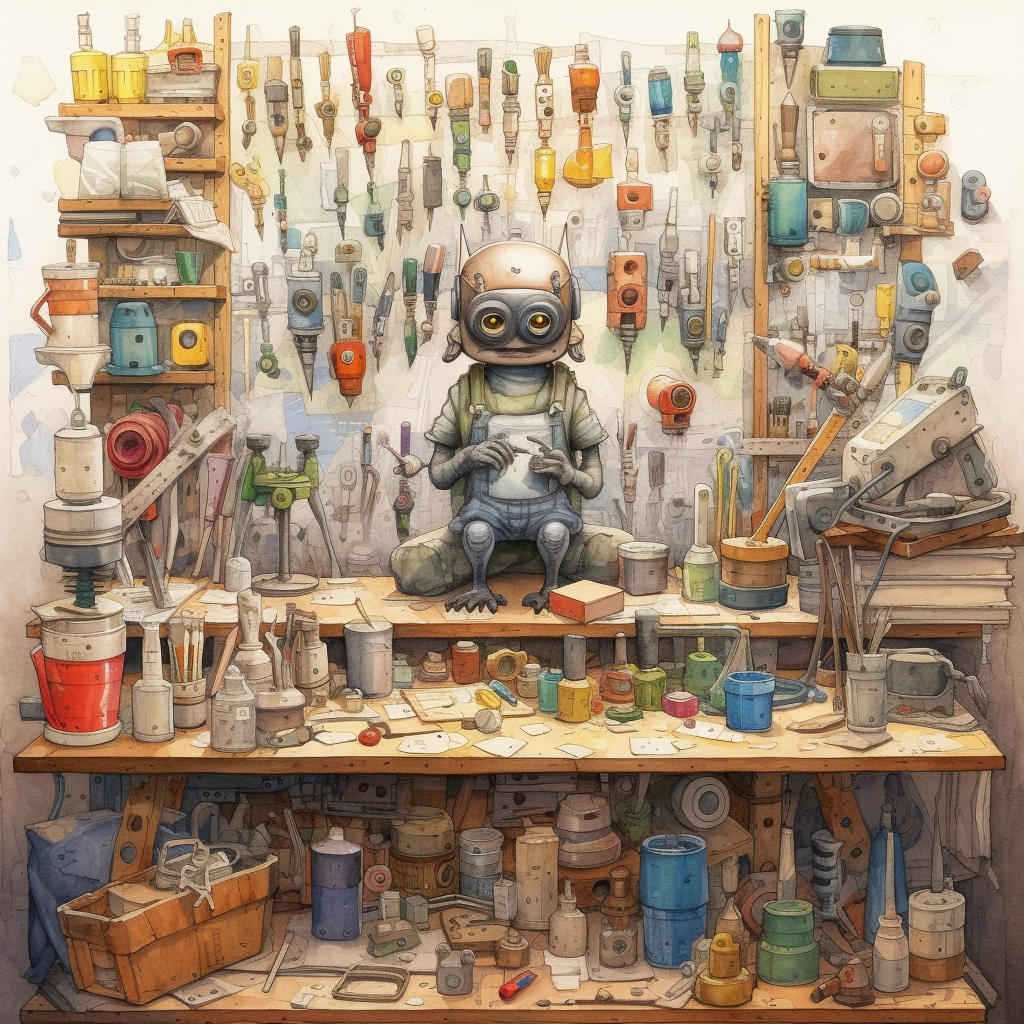
Programming without AI tools is unthinkable now, at least according Github survey.

“ChatGPT forced them to confront their fear of unoriginality; the conversation became more nuanced, creative, and rich. Students moved from parroting the words and frameworks of other thinkers (…) to reckoning with the implications of these frameworks, and the limitations of imposing them onto complex realities.”

“Reading the McKinsey reports back to back makes it clear how much consultancy-driven tech hype remains the same regardless of the differing affordances of an underlying technology, which are obviated by generalizing claims about “disruption” and “innovation.”

The five big takeaways from the European AI Act
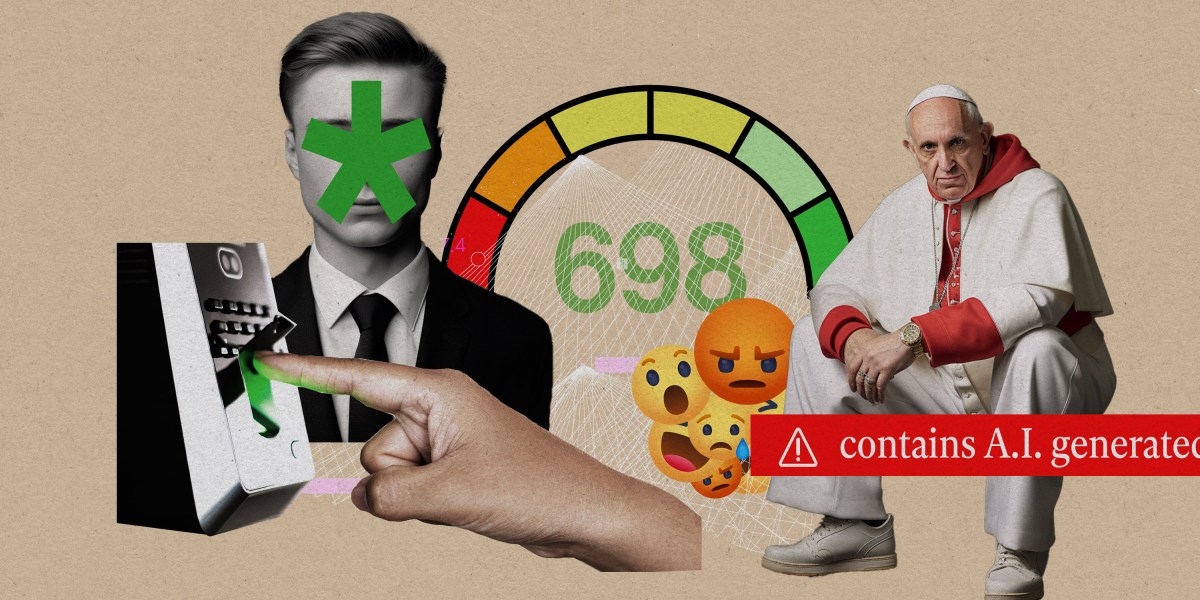
Meta and Microsoft join a collective action on synthetic media.

Meta is active in AI introductions. Going after Google with generative voice

MetaHuman is creating high-quality animation in minutes. Like the Vision OS avatar?

This week’s opinions on AI developments:
- Kevin Kelly trusts that it bends towards good
- Tim O’Reilly on AI regulations; you can’t regulate what you don’t understand
- Another statement on AI Harms, this time but a community of scientists.
- Facebook Chief AI Scientist thinks LLMs are a passing fad
- Ethan Mollick describes how AI is helping individual productivity more than the organisational one
On robotics
All-time highs in Germany

On climate
Electric vehicles and the climate problems. Solution or not?


Still some more on Vision
In the podcast Pivot, Scott Galloway talks about the rapid depreciation of the Vision Pro. But is it indeed such high tech or is the hardware now such top level that software can be upgradeable enough to last three years as an office computer?
At TNW I spoke with an entrepreneur planning to buy one for all employees. You can calculate it like a computer with the same financial model.
Benedict Evans talked and wrote more thoughts on Vision Pro, which is always worth reading. I need to give credit to his newsletter (subscription), which you always find many valuable links here.

Not directly linked to the new form of synthetic vision, I am making the connection: “So the outsourcing of our seeing, of our notice, of our attending vision already precludes the realization of care.”
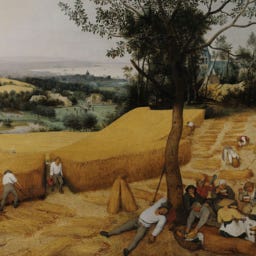
Other topics
Something I need to watch: The Cloud vs The Grid by Matt Jones

Car-free cities create new opportunities.
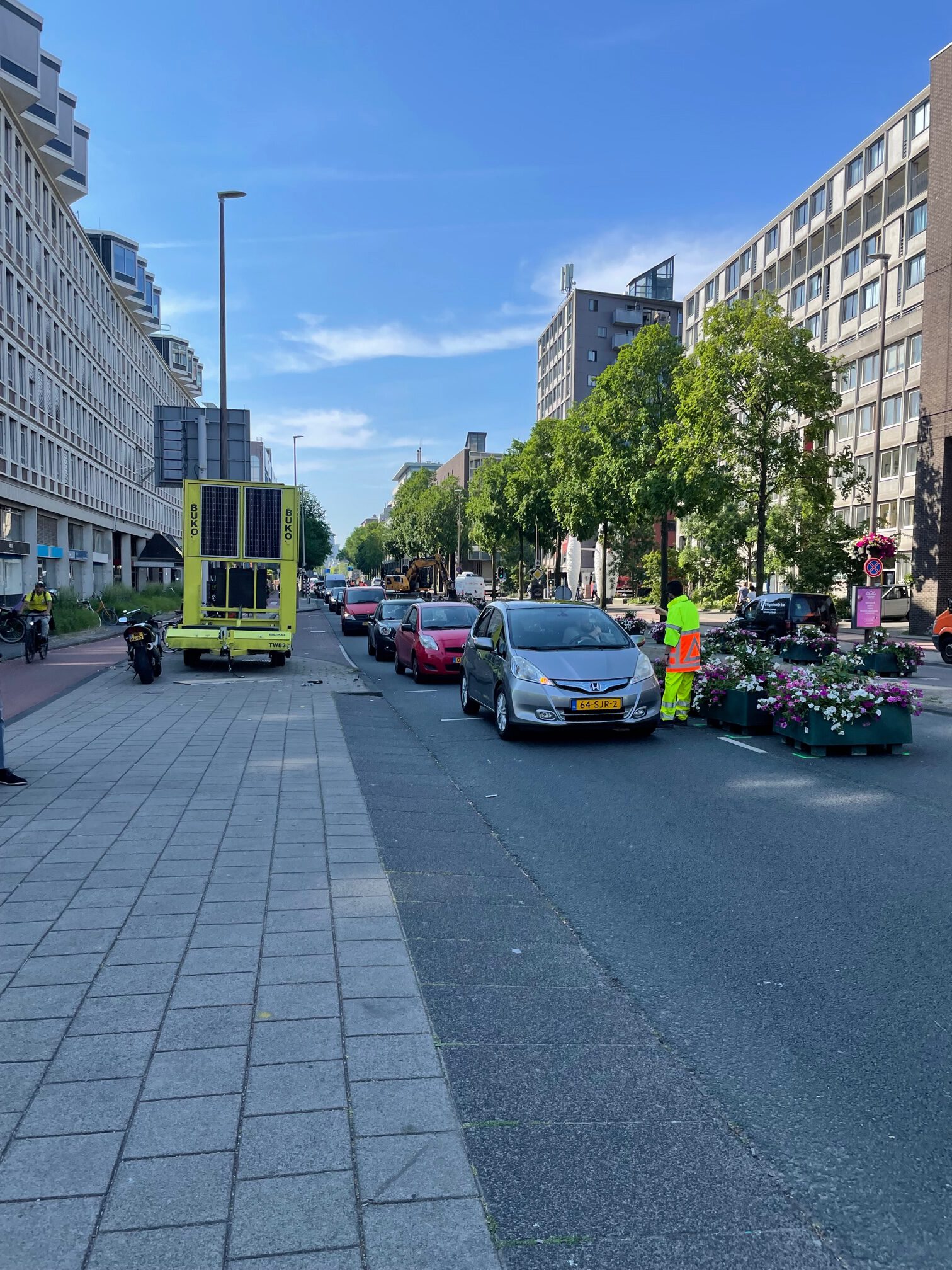
It is pride month in a lot of countries. In case you wonder about the meaning of all that different flags.

Paper for the week
With all the synthetic layers in our communication, this might be relevant: “Emotional Expressions Reconsidered: Challenges to Inferring Emotion From Human Facial Movements”
It is commonly assumed that a person’s emotional state can be readily inferred from his or her facial movements, typically called emotional expressions or facial expressions. (…)
In this article, we survey examples of this widespread assumption, which we refer to as the common view, and we then examine the scientific evidence that tests this view, focusing on the six most popular emotion categories used by consumers of emotion research: anger, disgust, fear, happiness, sadness, and surprise.
Barrett, L. F., Adolphs, R., Marsella, S., Martinez, A. M., & Pollak, S. D. (2019). Emotional Expressions Reconsidered: Challenges to Inferring Emotion From Human Facial Movements. Psychological Science in the Public Interest, 20(1), 1-68. Link: https://doi.org/10.1177/1529100619832930
See you all next week!
I will continue shaping the AI-copilot for Structural, visiting parts of Mozfest House, Ai & Cities, Smart Mobility Data week session and the IPO show with the work on Wijkbot.
